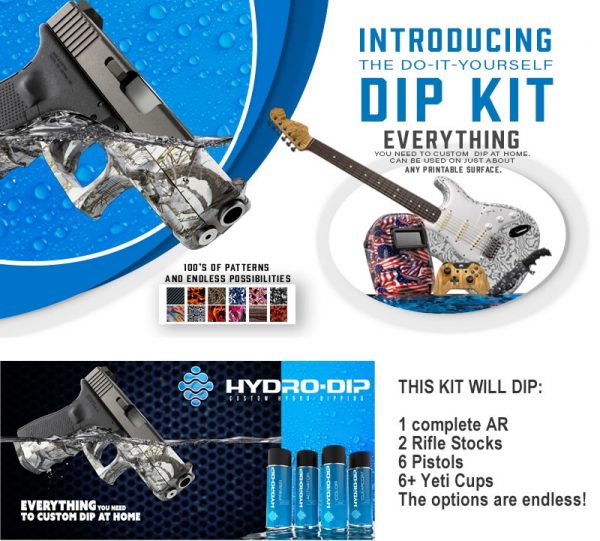Water Transfer Printing, commonly known as Hydro Dipping or Hydrographics, is a revolutionary surface decoration process that applies intricate patterns and designs to three-dimensional objects. This method transforms simple items into aesthetically appealing pieces with finishes ranging from wood grain to camouflage, suitable for a wide variety of materials including plastics, metals, ceramics, and wood.
Understanding the Process
Surface Preparation
The foundation of successful hydro dipping lies in meticulous surface preparation. Prior to the printing process, the item must be clean and free from oils, dust, or contaminants. Depending on the material, sanding or flame treatment might be applied to enhance paint adhesion. A primer or base coat is then applied to establish the background color that interacts with the pattern, influencing the final visual appeal.
Film Application and Activator Use
Once prepared, a water-soluble polyvinyl alcohol (PVA) film printed with the chosen design is carefully floated on a water tank. After sufficient hydration, a chemical activator is sprayed onto the film, dissolving the PVA backing and liquefying the printed inks. This step is crucial for ensuring the ink can adhere properly to the item during dipping.
The Dipping Process
The object is slowly immersed into the tank at an angle, allowing the liquefied ink to wrap uniformly around the contours of the item. This immersion employs the surface tension of water to transfer the intricate design seamlessly, ensuring even coverage on complex shapes that are difficult to decorate by other means.
Post-Dip Rinsing and Finishing
After dipping, the item is rinsed to eliminate any residual PVA film, preparing it for the final protective coating. Applying a clear topcoat provides resistance to scratches, UV exposure, and other environmental factors. The topcoat can vary from matte to gloss finishes according to aesthetic preferences, with heat curing or air drying completing the process.
Advantages of Hydro Dipping
Versatility
Hydro dipping supports a wide range of materials and objects, from automotive parts, helmets, and firearms to household items and sports gear, making it a versatile decorative technique.
Complex, High-Quality Designs
Unlike traditional painting or decals, hydro dipping can apply complex patterns with deep color saturation and multi-dimensional effects, enhancing the item’s visual impact.
Cost-Effectiveness
By efficiently covering intricate objects in a single dipping process, it reduces labor and material costs compared to multiple-step painting or stencil work.
Applications and Industry Use
Industries from automotive to consumer electronics utilize hydro dipping to customize and enhance the look of products. Hobbyists and artisans also use this process to create unique, personalized designs on various items.
Conclusion
Water Transfer Printing or Hydro Dipping is a cutting-edge method that combines innovative materials and skilled application techniques to deliver beautiful, durable finishes on an array of products. Its ability to transfer complex, visually captivating patterns on challenging surfaces makes it an invaluable tool in both commercial manufacturing and creative customization.

